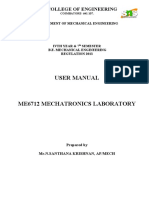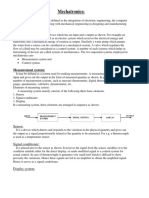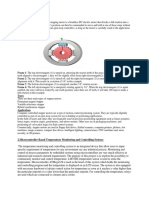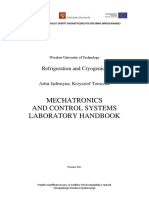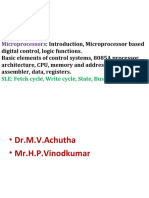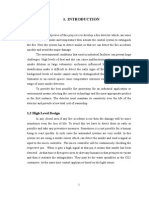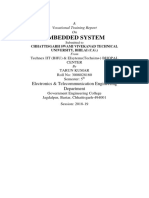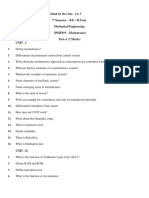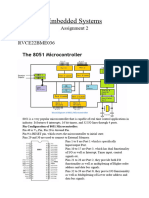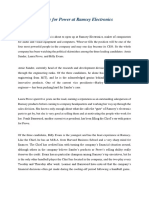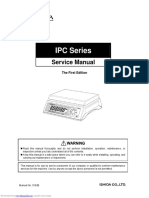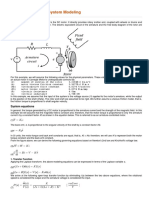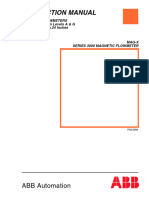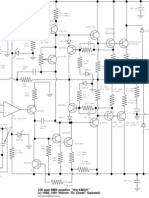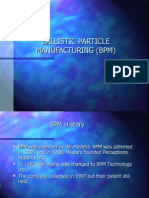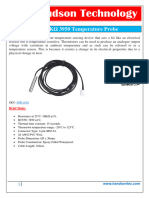0% found this document useful (0 votes)
87 views20 pagesModule 2 YP
The document discusses microprocessors and microcontrollers. It provides examples of microprocessor systems including computers, cameras, and washing machines. The key components of a control system are described as processor, memory, and input/output devices. Microprocessor architecture includes the CPU, memory, address bus, data bus, ALU, registers, and control bus. Microcontrollers differ from microprocessors in having memory and peripherals integrated on a single chip. Examples are provided of microprocessor-based control systems for cameras and washing machines to illustrate how sensors provide input and microprocessors control outputs like motors and valves.
Uploaded by
Hemadri SubramanyaCopyright
© © All Rights Reserved
We take content rights seriously. If you suspect this is your content, claim it here.
Available Formats
Download as PDF, TXT or read online on Scribd
0% found this document useful (0 votes)
87 views20 pagesModule 2 YP
The document discusses microprocessors and microcontrollers. It provides examples of microprocessor systems including computers, cameras, and washing machines. The key components of a control system are described as processor, memory, and input/output devices. Microprocessor architecture includes the CPU, memory, address bus, data bus, ALU, registers, and control bus. Microcontrollers differ from microprocessors in having memory and peripherals integrated on a single chip. Examples are provided of microprocessor-based control systems for cameras and washing machines to illustrate how sensors provide input and microprocessors control outputs like motors and valves.
Uploaded by
Hemadri SubramanyaCopyright
© © All Rights Reserved
We take content rights seriously. If you suspect this is your content, claim it here.
Available Formats
Download as PDF, TXT or read online on Scribd
/ 20


